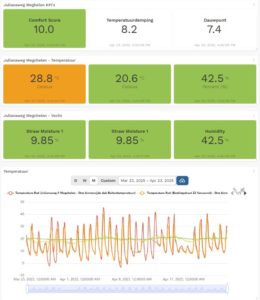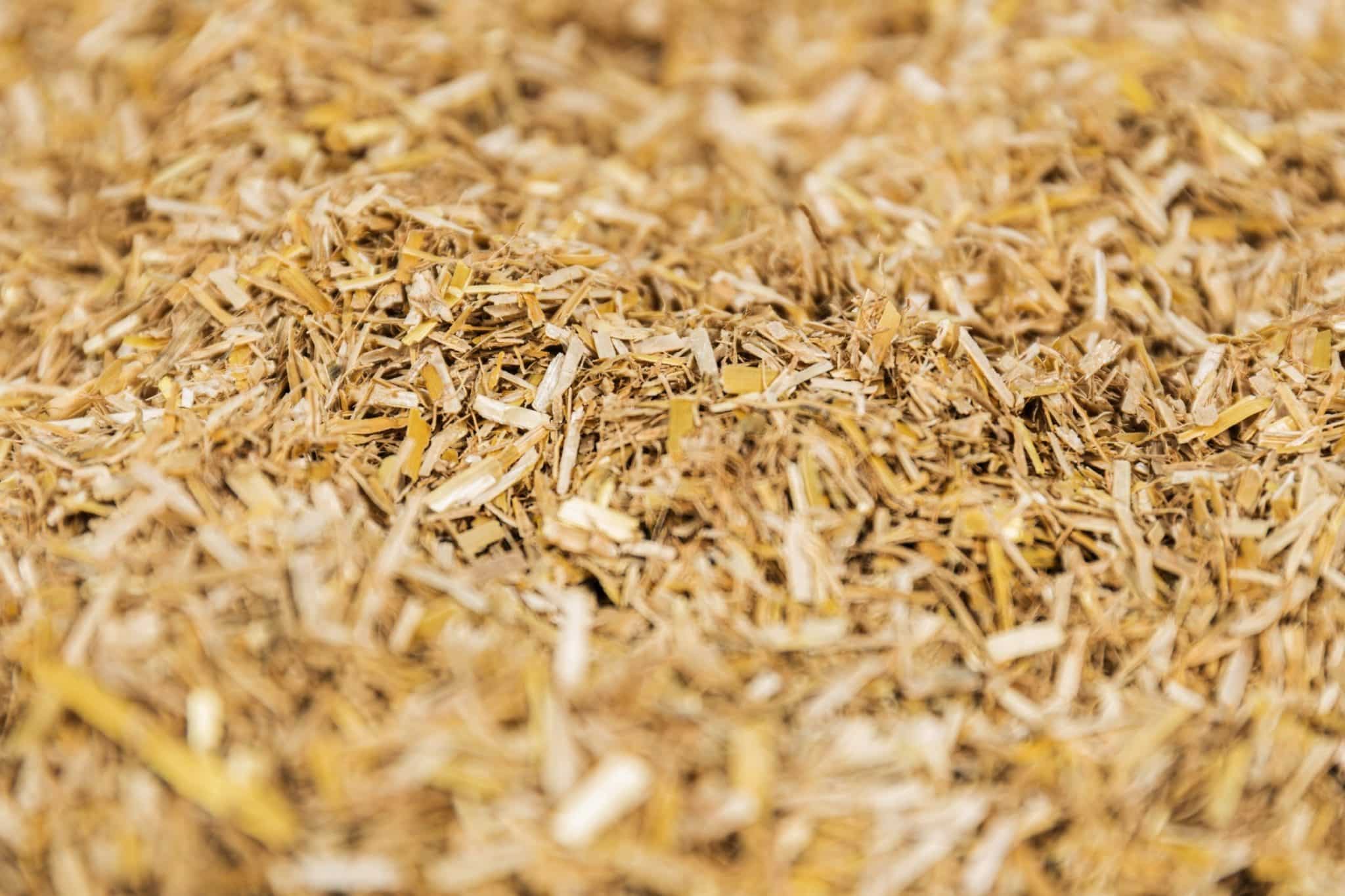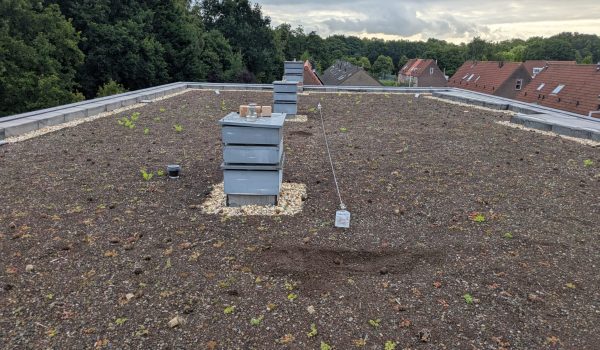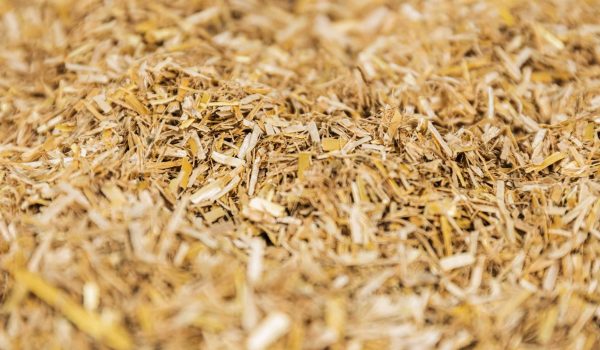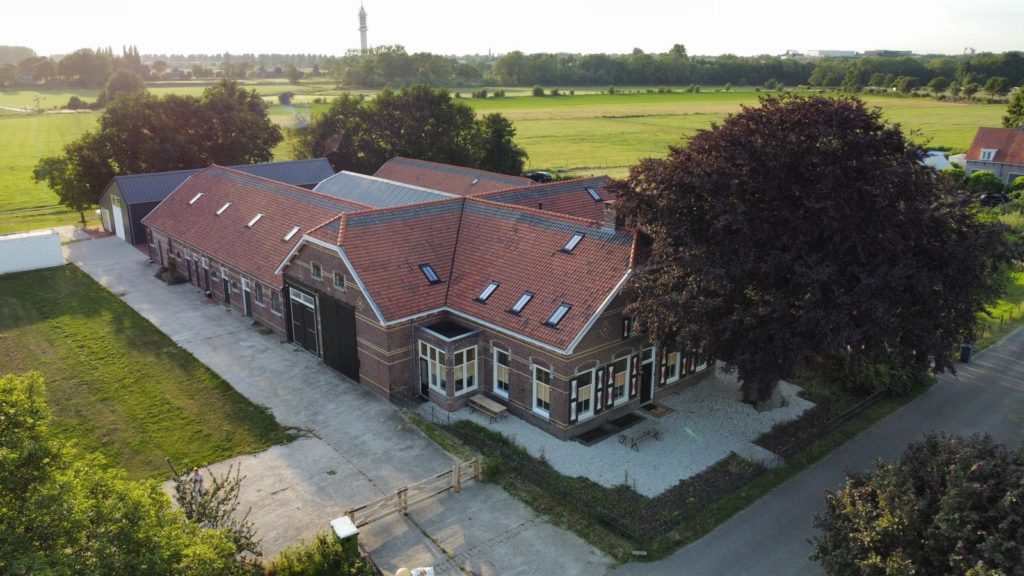When I first heard about blown-in straw as insulation, from local crops and with a short chain, to be honest, I mostly had a lot of questions. Maybe even some reservations. What about moisture? What about comfort? With long-term performance? Is it a logical choice?
By now I know better 🙂
Biobased building: truly measurable
Biobased construction is promising and becoming more commonplace. The use of natural materials such as straw and hemp fits in nicely with circular ambitions and ensures a low environmental impact. But those who choose biobased also want to know for sure that it works. How does the material perform in the long term? Will it stay comfortable inside? Will there be no moisture problems? And how do these natural materials behave during summer heat?
At Inscio, we provide substantiation and measure in practice. We map performance and make visible what would otherwise remain hidden. We explicitly compare biobased insulation with traditional insulation materials, such as PIR or EPS. We also analyze the influence of different roof finishes, for example tiled roofs, green roofs or roofs with PV panels. Only this combination provides a fair and objective picture of performance.
What do WE measure?
At several locations in the Netherlands, we monitor sloped roofs with a variety of insulation build-ups and roof finishes. Depending on the project, we measure:
- Outdoor temperature and humidity
- Indoor temperature and humidity
- Moisture and temperature in the bio-based insulation material
- Humidity and temperature of crawl space
"Sustainable building requires not just good intentions, but evidence. Real impact starts with measurement."
And what does that yield?
We collect the data and translate it into Dashboards and KPIs. This gives our clients insight into:
- Comfort score: How stable and comfortable is the indoor climate?
- Dew point analyses: Is the dew point exceeded in the roof package? Is there a risk of condensation or mold?
- Comparisons: How do biobased insulation materials perform compared to traditional insulation such as PIR or EPS? What impact do different roof finishes such as tile, green or PV have?
- Phase shift: Whether and how does the roof delay heat transfer in summer heat? And does this differ between different materials and roof types?
Conclusion: measuring makes biobased building future-proof
The move to biobased insulation is valuable - for the environment, the building industry and society. But natural materials require monitoring. Only with real-world data will there be real insight into how these materials behave. Comparing biobased insulation with traditional insulation, and including the role of roof finishes such as tiles, greenery or PV, provides a well-founded picture of performance.
A customer case study: Takkenkamp Group
Soon we will share a customer case we are creating with Takkenkamp Group, keep an eye on our news releases!
